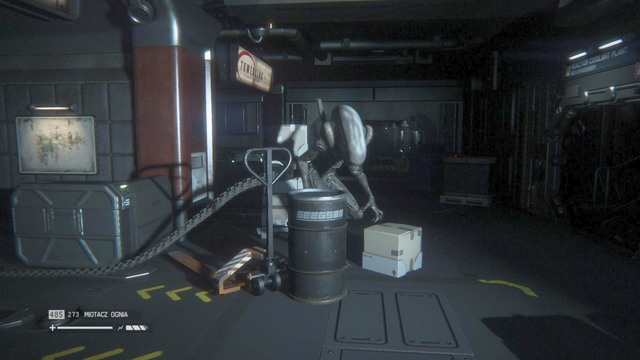

It needs to know when it can participate in the experience and it what level it should do so.

Neither of these are easy when you introduce a systemic AI into play: a collection of decision-making systems that react to what is happening in the game. Such a feat is pretty difficult to balance, given that you need a strong story to carry the player through, but also to establish pacing such that the tension varies throughout your gameplay. The team behind Alien: Isolation built the game around a simple premise: to survive an encounter with Ridley Scott’s original alien. So how did developers Creative Assembly pull it off? The short answer is through tried and tested AI techniques, designed in a manner that breaks from many traditional game-design concepts. For this experience to play out as expected, the alien itself has to carry a large amount of the experience: a demanding feat for any AI in an industry in which non-player characters are either heavily scripted or suffer really short life spans. A horror game steeped in the aesthetic and style of Ridley Scott’s classic 1979 movie: in which the player is trapped on the Sevastopol space station with a single, intelligent, near-invincible alien. While the alien, LV-426 and many other key elements of the franchise have previously been explored, Alien: Isolation takes a different route. One of the biggest AI-driven titles of modern times, Alien: Isolation brings the terror of the xenomorph to video games. AI and Games is a crowdfunded series on Patreon.

This article is an edited transcript of the AI and Games YouTube video linked to above.


 0 kommentar(er)
0 kommentar(er)
